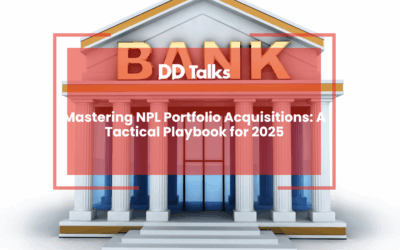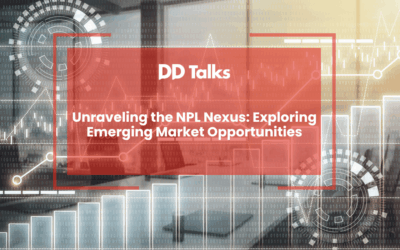Understanding Non-Performing Loans (NPL) and Re-Performing Loans (RPL)
Non-performing loans (NPLs) represent loans that are in default or close to being in default. When managed correctly, these can be transitioned into Re-Performing Loans (RPLs), providing a pathway to recover value for both lenders and investors.
What is the Meaning of NPL RPL?
NPL stands for Non-Performing Loan, which refers to a loan where the borrower has failed to make scheduled payments for a specified period. In contrast, RPL stands for Re-Performing Loan, which is an NPL that has been modified or restructured and the borrower has resumed making payments as agreed.
What is a Re-Performing Loan in Finance?
In finance, a Re-Performing Loan (RPL) is a loan initially classified as non-performing but has since been modified to enable the borrower to resume making timely payments. The modification often involves altering the terms or reducing the principal or interest rates to make the loan more manageable for the borrower.
Defining a Performing Loan
A performing loan is one where the borrower is making regular payments according to the loan agreement. This includes timely payment of principal and interest without lapses or defaults.
Re-Performing Mortgage and Loans
A re-performing mortgage is a specific type of loan on real estate that was previously in default but has been renegotiated to allow the borrower to start making payments again. Such loans are crucial for lenders looking to recover from potential losses on non-performing assets.
Understanding Credit Risk Transfer (CRT) Loans
Credit Risk Transfer (CRT) loans are financial instruments designed to shift the risk of default from one party to another, usually through securitization. This mechanism provides lenders with a means to manage and mitigate the risks associated with non-performing loans.
Calculating Non-Performing Loans
To calculate non-performing loans, divide the total amount of non-performing loans by the total amount of outstanding loans. This ratio helps assess the health and stability of a financial institution’s loan portfolio.
Non-QM Loans
Non-QM (Non-Qualified Mortgage) loans are those that do not meet the standard loan criteria set by the Consumer Financial Protection Bureau (CFPB). These loans are often sought after by borrowers who do not qualify for conventional mortgages due to their credit history or income verification issues.
Non-Performing Financing
Non-performing financing refers to the management and restructuring of non-performing loans. This can involve various strategies like loan modifications, forbearance agreements, or selling the NPLs to specialized investors.
How to Find Non-Performing Loans from Financial Statements
To find non-performing loans from financial statements, examine the notes sections that detail credit quality and performance metrics. Additionally, look for any disclosures related to loan loss provisions and debt restructuring initiatives.
FAQs
What is the difference between NPL and RPL?
The main difference between NPL and RPL lies in their performance status. NPLs are loans in default, while RPLs are former NPLs that have been restructured, allowing the borrower to resume making payments.
What are the benefits of transitioning NPLs to RPLs?
Transitioning NPLs to RPLs helps in recovering lost value, stabilizing cash flows, and returning the borrower to a path of financial health, which benefits both the lender and the borrower.
Guide: How to Manage Non-Performing Loans Effectively
- Identify the root cause of default.
- Engage with the borrower to understand their situation.
- Consider loan modification options such as term extension or rate reduction.
- Utilize Credit Risk Transfer (CRT) strategies to mitigate risks.
For more expert insights on managing non-performing loans, visit DD Talks.
Target Audience
Whether you’re a Bank Executive, NPL Manager, Real Estate Professional, NPL Servicer, NPL Investor, Advisor, Lawyer or Technology Solution Provider, mastering the concepts of non-performing and re-performing loans is crucial. Don’t miss out on the next opportunity to deepen your knowledge and network with industry leaders at DD Talks. Book your ticket here.



0 Comments